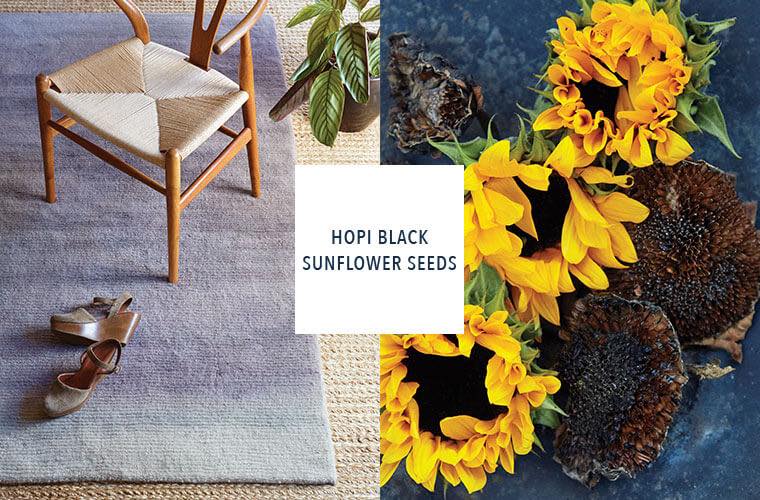5 Gorgeous DIY Plant Dyes You Can Make From Your Farmers’ Market Haul
Many of the vegetables, seeds, and plants that vendors pile on their tables can also be made into super-clean DIY dyes with beautiful—often unexpectedly vibrant—colors. And when you're making your own dye, you're avoiding some of the chemical ingredients commonly used in the garment industry. Think of creating your own plant-based DIY dyes as slow fashion; instead of farm-to-table, it's soil-to-studio.
Think of creating your own plant-based DIY dyes as slow fashion. Instead of farm-to-table, it's soil-to-studio.
As an undergraduate at art school, natural dyeing guru Sasha Duerr experienced the effects of chemical exposure—and has since completely changed her approach.
"I was originally thinking of becoming a professional artist and I worked quite a bit with acrylics and oil paints," Duerr explains. "I was getting sick from working with those paints."
Looking to get rid of her headaches and nausea, she began working with a new art form: textiles.
How to make your own natural dye
"It can be as easy as making a tea—you’re basically adding heat or time to extract the color," Duerr points out. And while dyeing an old sweater isn't exactly the same as making breakfast, Duerr organized her new natural dye how-to book, Natural Color: Vibrant Plant Dye Projects for your Home and Wardrobe, into simple-to-follow recipes so that you can master the art for yourself.

{{post.sponsorText}}
Since you'll be following a recipe, as you would in a kitchen, you'll want some of the same tools, too. Think big stainless steel pots (the size of the pot depends on what materials you want to dye), measuring cups, tongs, and a big plastic bucket for soaking and washing, for starters. Another similarity to cooking? Working with in-season, consciously grown plants—a must for Duerr.
And though each ingredient will have a different color profile, the dyeing process follows key steps:
1. Wash and scour the fibers you'll be dyeing.
2. Heat the plant you're working with in water.
3. Let it steep, and then soak your fiber in the dye.
The specifics vary based on the materials you're working with, but the structure remains the same.
So when you're ready to start dyeing, spend a little extra time at the farmers' market. Here, Duerr outlines some fall favorites that are perfect for dyeing.
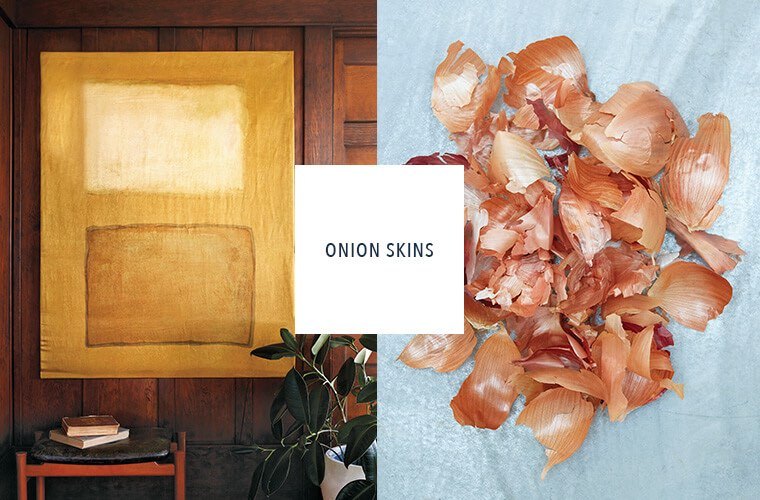
Onion skins
Yes, those bits of onion skin that always end up falling off are actually valuable in the natural dyeing world. "They are so under-appreciated," Duerr says, "but you can get really, really beautiful and rich oranges and brown tones from the yellow and golden onions." And at a farmers' market, you can often convince vendors to give you their "trash" onion skins, she advises. How to use them? Onion skins are perfect for revamping an old wool sweater that you haven't worn in awhile. "They really lend themselves to fall colors," Duerr notes.
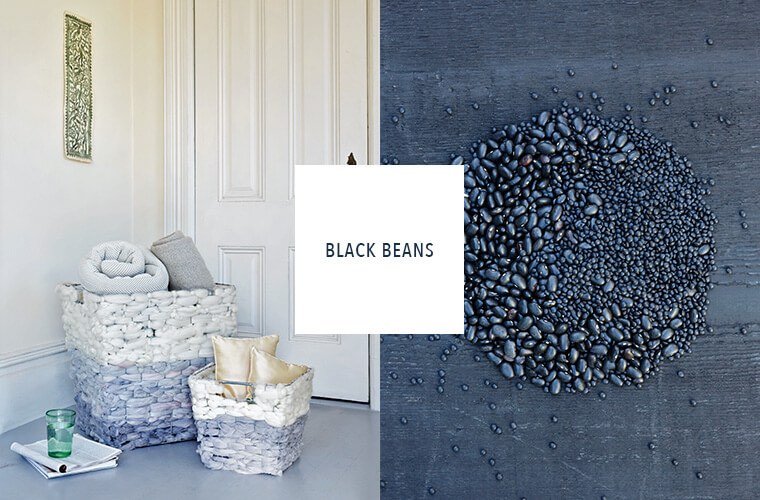
Black beans
The best part about dyeing with black beans? The water from soaking the beans becomes the dye, and you're free to cook with the black beans as you wish. (Black bean burgers, anyone?) And when using the dark-hued legume, the color palette is up to you. Altering the pH with pantry staples like baking soda or vinegar can yield purples, greenish blues, lavenders, or even pinks. Like onion skins, Duerr loves using black beans on her favorite cozy sweaters, scarves, and blankets. "Black bean dye takes really beautifully to the wool," she explains. "It’s nice and dark."
Hopi Black sunflower seeds
Buying flowers at the farmers' market is a surefire way to bring a smile to your face. But those super-lively sunflowers that are just starting to approach the end of their season? Their seeds are extra-valuable when it comes to dyeing. "All parts of the plant create dye color, but it is the flower's dark purple seeds that produce shades from fuchsia to deep purples, blues, and blacks," explains Duerr. And when you're perusing the stems, make sure you ask for the Hopi Black variety, which yield the most beautiful color. She loves this dye for creating beautiful rugs—add a chunk of selenite crystal, and you're on your way to creating a chic living room oasis.
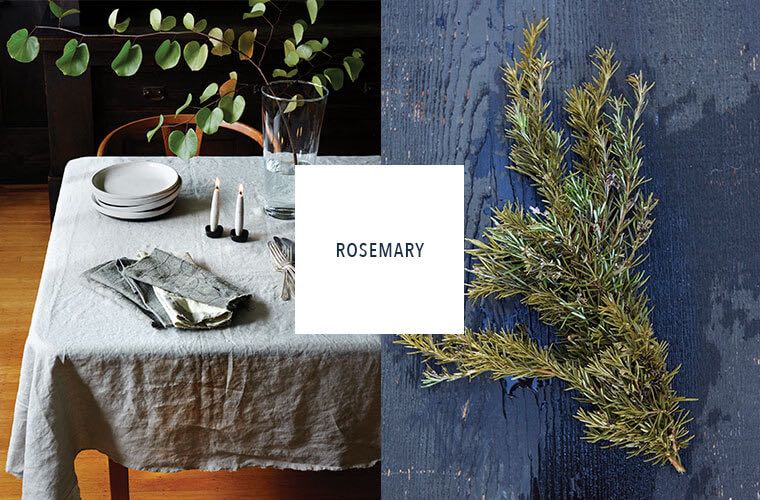
Rosemary
Sure, it's a delicious addition to many kitchen concoctions, but rosemary has a rich history that makes it an even more beautiful dye. "In ancient lore, rosemary was said to help memory," writes Duerr. "Historically it was used as a reminder of loved ones and for special occasions and happy gatherings." If you extract the dye without adjusting the color, you'll get a golden yellow that's common to plant dyes, but Duerr likes to put on her alchemist hat and add iron to alter the shade a bit. "That will shift the color to more of a greenish grey," she explains, which make for lovely napkins when it comes time for a fall feast.
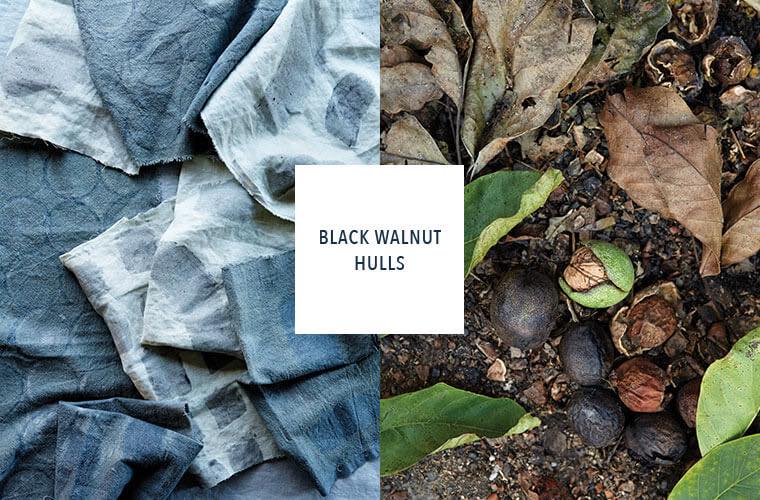
Black walnut hulls
Okay, so you probably can't find these at the farmers' market, but spotting them on your own is a walk in the park—literally. The common deciduous tree grows readily in the eastern part of the country, and litter the ground with black walnuts. "The part that you want to work with for dyeing is the green outer shell," explains Duerr. "You can just soak them in a bucket and let the colors steep." The hulls have an especially rich dye, so you'll want to wear gloves when harvesting or working with them, to avoid stains. While you can use the nut hulls as a dye, you can also create dark inks and pastes with it—a favorite project of Duerr's—which print beautifully on pre-dyed cotton or linen (pictured here). You may even come across some on your walk to or from the farmers' market!
Reprinted with permission from Natural Color, by Sasha Duerr Fossel, copyright 2016, published by Watson-Guptill Publications, an imprint of Penguin Random House LLC. Photography copyright 2016 by Aya Brackett.
It's no secret that plants are extremely powerful—these have skin-clearing magic and these have enough protein to fuel any CrossFit regimen.
Loading More Posts...
